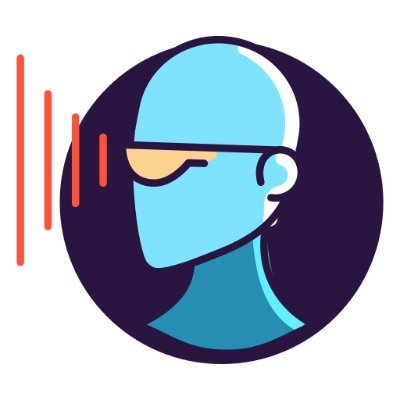
“Within the next 10 years, many millions of people will be … wearing relatively unobtrusive … devices that offer an immersive and high-resolution view of a visually augmented world” (Perlin 2016: 85). This is the ‘human-machine era’, a time when our senses are not just supplemented by handheld mobile devices, but thoroughly augmented. The language we see, hear and produce will be mediated in real time by technology. This has major implications for language use, and ultimately language itself. Are linguists ready for this? Can our theory, methods, and epistemology handle it? LITHME has two aims: to prepare linguistics and its subdisciplines for what is coming; and to facilitate longer term dialogue between linguists and technology developers. How will pervasive augmentation technology affect language in areas such as international law, translation, and other forms of language work? What will this mean for how people identify with specific languages? Could increasing reliance on real-time language technologies actually change the structure of language? Longer term, could developments in brain-machine interfaces serve to complement or even supersede language altogether? Linguistics would be far stronger for robust technological foresight, while developers would benefit from better understanding potential linguistic and societal consequences of their creations. Meanwhile LITHME would shine a light on the ethical implications of emerging language technologies. Inequality of access to technologies, questions of privacy and security, new vectors for deception and crime; these and other critical issues would be kept to the fore. LITHME would equip linguists and stakeholders for the human-machine era.